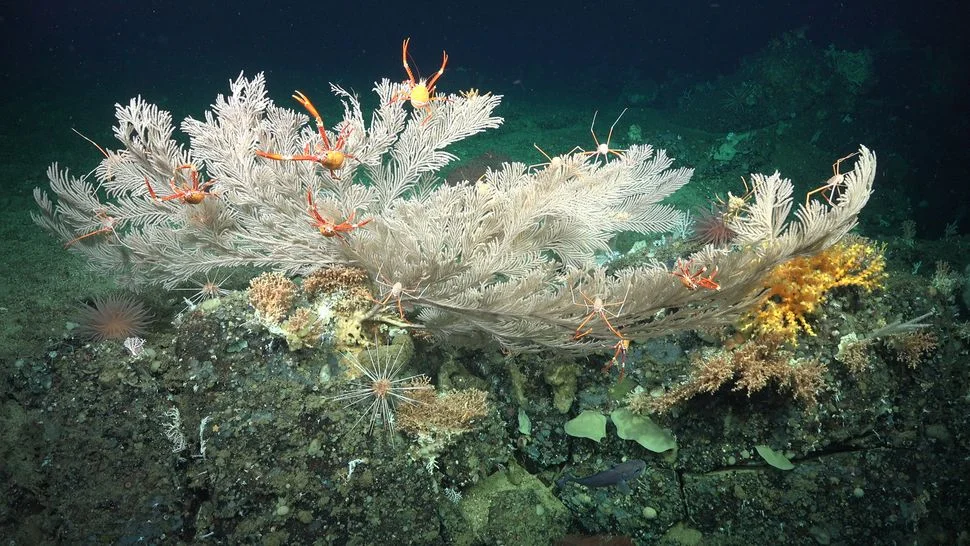Pollution from seabirds helped coral survive
- December 7, 2023
- 0
Scientists from Great Britain concluded that coral reefs near seabird colonies can recover much faster than reefs where birds do not nest. Coral reef bleaching is a process
Scientists from Great Britain concluded that coral reefs near seabird colonies can recover much faster than reefs where birds do not nest. Coral reef bleaching is a process

Scientists from Great Britain concluded that coral reefs near seabird colonies can recover much faster than reefs where birds do not nest. Coral reef bleaching is a process in which corals turn white due to various stressors. First of all, this is associated with the change in ocean temperature (as a result of global warming), lighting and the ingress of nutrients into the water.
Scientists from the universities of Lancaster and Southampton (United Kingdom) conducted a study on corals of the genus Acropora, an important coral species for the ecosystem that ensures the preservation of many fish populations. These types of corals play a major role in protecting coastal areas from waves and storms.
The area of coral reefs studied by scientists is located on a remote archipelago in the Indian Ocean. Researchers compared the recovery times of reefs located near islands where large colonies of seabirds (red-legged terns, terns and others) live with reefs near shore where the same birds are found in small numbers. The last fact concerns the fact that such islands are inhabited by large populations of mice that eat the eggs and chicks of birds.
Both this and the other part of the reefs entered a process of major color change after the warm periods of 2015-2016. The researchers measured the growth rates of the corals by examining them one year before and six years after bleaching. The scientists also took samples of stable nitrogen isotopes, a reliable indicator of nutrients from seabirds’ guano.
The analysis showed that these substances absorbed by the corals accelerated their growth rate, doubling with each unit increase in their nutritional content. But corals growing near islands where mice live are less fortunate. They received little nutrition from bird dung; almost the same as reefs located offshore. And such corals grew more slowly.
To rule out differences in genetic factors, the scientists transplanted several corals growing near the rat islands to counterparts near the coast where the birds were found (or vice versa). The results of the experiment confirmed the scientists’ conclusions: it was the presence of birds that enriched the water with nutrients that helped the corals recover. Corals near bird islands grew 2.4 times faster than colonies near rodent islands.
“Our results suggest that eradicating rats and restoring seabird populations could play an important role in restoring natural nutrient flows to the coastal marine environment and contributing to the rapid recovery of coral reefs. This is particularly important in conditions of climate warming,” said one of the authors of the paper, University of Lancaster. He shared the opinion of Professor Nick Graham from . The study was published in the journal Science Advances.
Source: Port Altele
As an experienced journalist and author, Mary has been reporting on the latest news and trends for over 5 years. With a passion for uncovering the stories behind the headlines, Mary has earned a reputation as a trusted voice in the world of journalism. Her writing style is insightful, engaging and thought-provoking, as she takes a deep dive into the most pressing issues of our time.